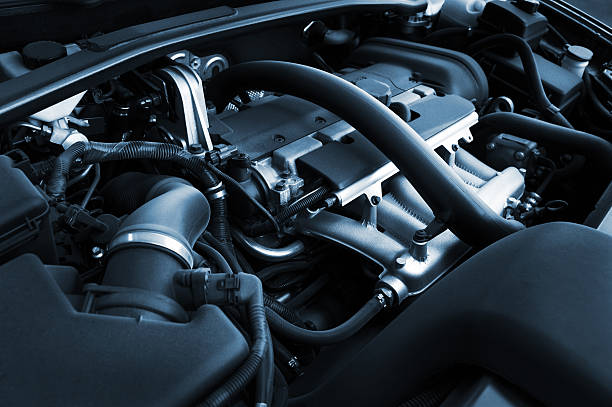Jump starter guide for safe car battery recovery
A dead car battery can interrupt plans and create safety concerns, whether at home or on the road. A jump starter offers a portable, self-contained way to recharge or start a vehicle without relying on another car. This article explains how jump starters work, what to check in a car battery, compatibility with vehicles, automotive connection best practices, and how to include a jump starter in an emergency kit.

Car battery: what to know
A car battery provides the electrical energy needed to start the engine and run electrical systems when the engine is off. Batteries degrade over time from discharge cycles, temperature extremes, and age. Regular inspection includes checking terminals for corrosion, ensuring secure mounting, and testing voltage with a multimeter when possible. A healthy battery should read around 12.6 volts at rest. If a battery repeatedly fails to hold charge, it may need replacement or deeper electrical diagnostics. Understanding basic battery condition helps you decide when a jump starter is a temporary solution versus when professional service is required.
Jump starter: how it works
A jump starter is a portable power pack with clamps that connect to a car battery to deliver a surge of current for starting the engine. Most modern jump starters use lithium-ion battery cells and include features such as reverse-polarity protection, short-circuit protection, and built-in chargers. To use one, ensure the jump starter is charged, connect positive clamp to positive terminal and negative clamp to a grounded metal part away from the battery, then start the vehicle. After the engine runs, allow the alternator to recharge the battery. Follow manufacturer instructions for safe operation and charging intervals.
Vehicle safety and preparation
Before attempting to jump-start a vehicle, prioritize safety: turn off the ignition, remove jewelry that could short circuits, and keep sparks and open flames away from the battery. Work in a well-ventilated area because batteries can emit flammable gases. Older vehicles or those with complex electronics may require specific procedures from the owner’s manual to avoid damage. If you are unsure about the vehicle’s electrical system or if the battery is cracked or leaking, contact local services or a technician rather than attempting a jump. Proper preparation reduces risk to both vehicle and operator.
Automotive connections and compatibility
Not all jump starters are suitable for every vehicle. Check the jump starter’s peak and cranking amp ratings and compare them to your vehicle’s engine size; larger engines generally require more cranking current. Many modern jump starters list compatible vehicle types (gas vs diesel) and maximum engine displacement. Also verify clamp quality and cable gauge — thicker cables deliver current more effectively. For vehicles with advanced start-stop systems or sensitive electronics, confirm compatibility with the vehicle manufacturer’s guidance. Using an incompatible jump starter can fail to start the vehicle or, in rare cases, damage automotive electronics.
Emergency kit inclusion and maintenance
Including a jump starter in an emergency kit increases self-reliance during breakdowns. A practical kit contains the charged jump starter, insulated gloves, safety goggles, a flashlight, basic tools, and jumper cables if you prefer traditional methods. Maintain the jump starter by keeping it charged according to the manufacturer’s schedule, inspecting clamps and cables for wear, and storing it in a dry, temperature-stable location. Replace batteries or the unit per its lifecycle recommendations. Periodically practicing the connection process in a safe environment can make real-life applications quicker and less stressful.
Conclusion
A jump starter is a useful tool for vehicle owners who want an on-the-spot solution for a dead car battery. Understanding battery condition, correct connection procedures, compatibility with your vehicle, and safe inclusion in an emergency kit will help you use a jump starter effectively and responsibly. Regular maintenance of both the car battery and the jump starter ensures reliable performance and reduces the likelihood of being stranded due to preventable electrical failures.





